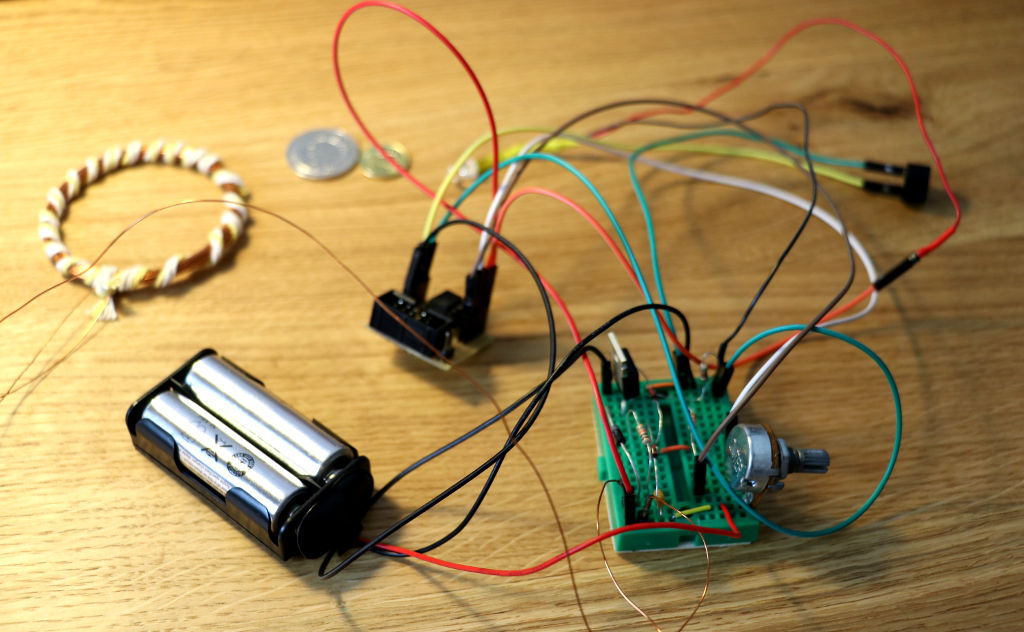ESP8266 – WiFi beacon spammer
In this article I will show you how to make a WiFi beacon spammer on ESP8266. Beacon spamming involves broadcasting a valid IEEE 802.11 beacon frames using fake SSIDs and MAC addresses. This educational project is hackable and easy to get running. The code is on GitHub, here. What is WiFi Beacon? WiFI beacon frames are used by … Read more


